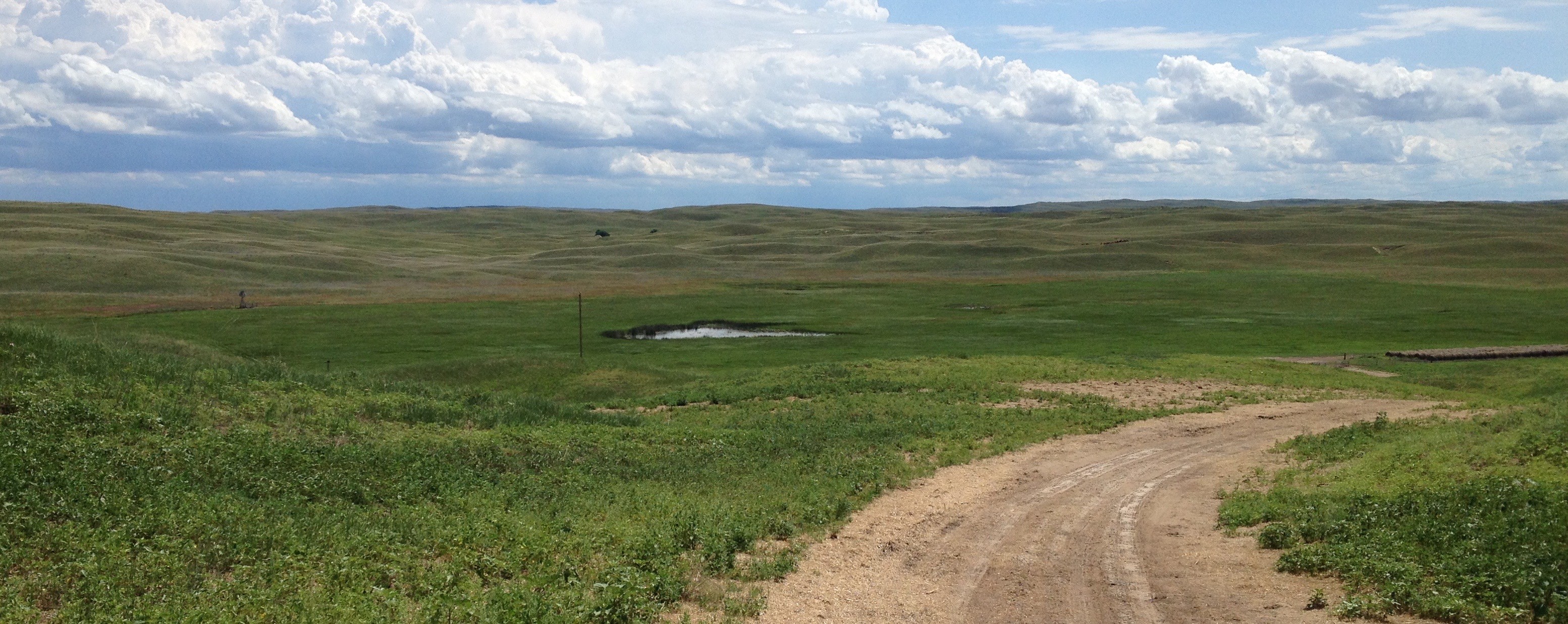
The leading scientists in soil moisture sensing, monitoring and modelling from the top universities, federal agencies and national laboratories in the United States will meet June 4 to 7 at the University of Nebraska-Lincoln for the eighth annual MOISST Workshop: From Soil Moisture Observations to Actionable Decisions.
The workshop, originally named for the University of Oklahoma and Oklahoma State in-situ soil moisture testbed in Marena, Oklahoma, provides a unique opportunity for the researchers to exchange ideas and develop collaborations, said Trenton Franz, one of the workshop organizers and a hydrogeophysicist at the School of Natural Resources.
“The exchange of water between the land surface and the atmosphere is critical for understanding the water and energy cycles,” Franz said. “The feedback between land surface and atmosphere is critical to issues such as drought monitoring and short-term weather forecasting.”
A nationwide interest in better understanding these relationships has experts pushing to establish a national soil moisture monitoring network, and one goal of the workshop is to stimulate progress toward realizing the vision of the National Soil Moisture Network, which aims to integrate diverse sources of soil moisture observations, including federal and state in-situ monitoring networks, satellite remote-sensing missions, and numerical models.
The workshop, hosted by Nebraska at the School of Natural Resources, will also:
- Provide a highly focused venue for presenting cutting-edge research and new concepts related to soil moisture monitoring.
- Highlight new applications of soil moisture data and identify application-oriented research needs.
The workshop will include special sessions by the National Drought Mitigation Center. Invited speakers are from the National Aeronautics and Space Administration, the National Oceanic and Atmospheric Administration; the U.S. Department of Agriculture; and various universities and laboratories around the country. More than 70 people are registered to attend.
A poster session for students will be Tuesday evening, June 5. For more information, or for a schedule of events, visit the website.
“The University of Nebraska-Lincoln is a leader in monitoring programs such as the Nebraska Mesonet, irrigation science, NDMC drought monitoring, remote-sensing through programs like CALMIT, cosmic-ray neutron probe soil moisture technology and more,” Franz said.
All the more reason that Nebraska should host.
Natural Resources